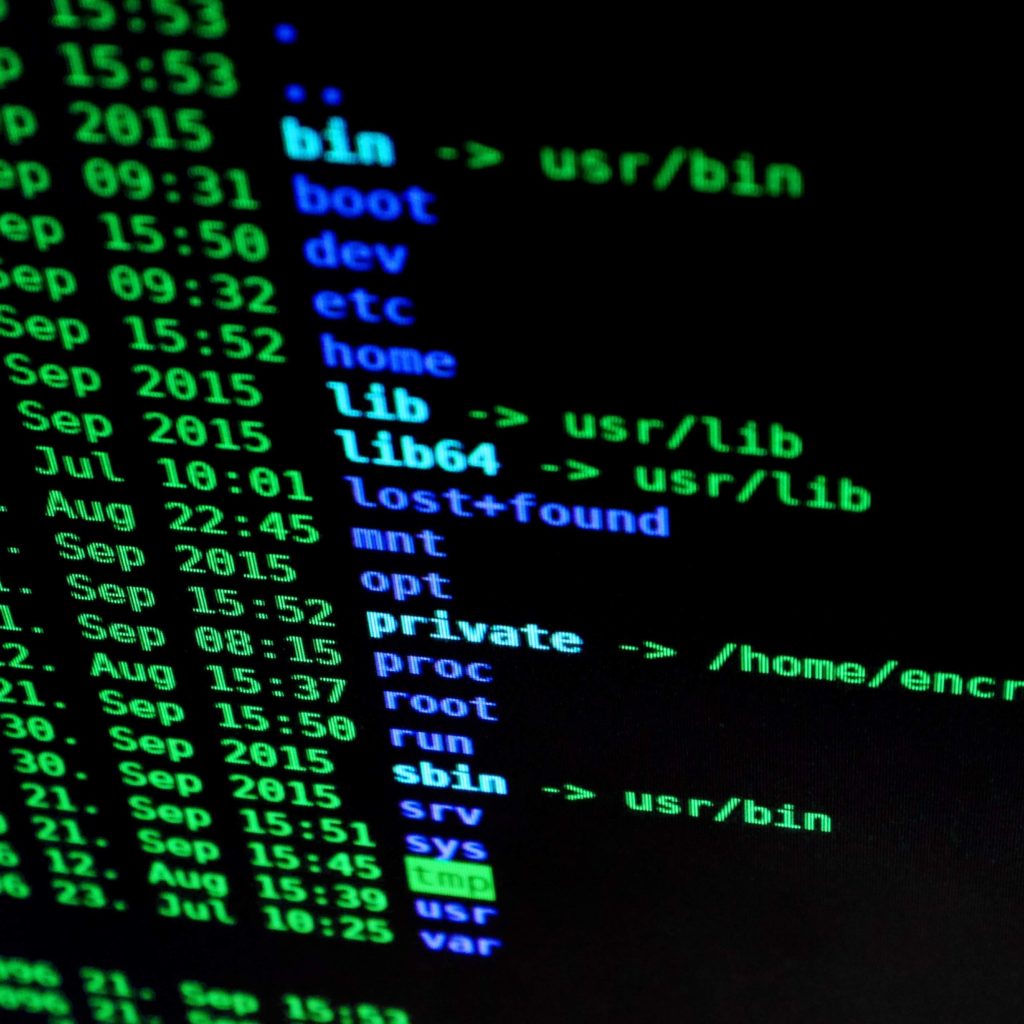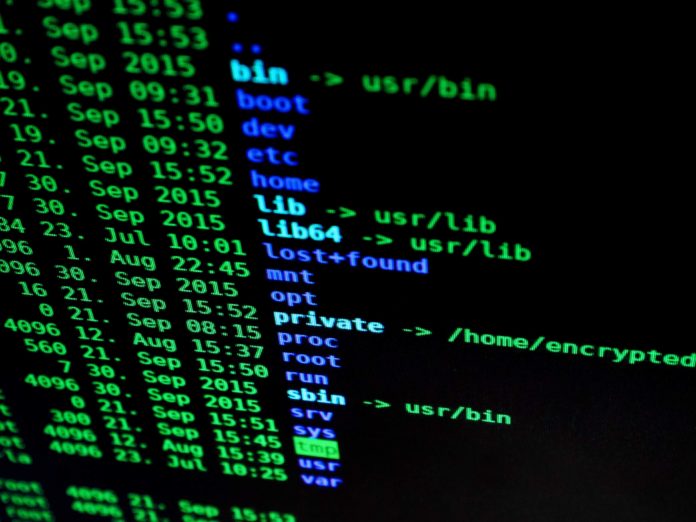
Linux distros are typically open-source operating systems and provide a powerful and flexible environment for both home and professional users. And one fundamental task every Linux user should know to perform is navigating to the root directory.
In Linux, the root directory is the uppermost directory in the system’s hierarchy. Understanding its role and learning to access it is essential for managing files, installing software, and performing administrative tasks.
In this step-by-step guide, we walk you through the two methods to go to the root directory in Linux.
What is the Root Directory?
The root directory servers as the foundation of Linux filesystems. It holds a unique and crucial position as the topmost directory. Additionally, it serves as the base for the entire file hierarchy. Represented by the forward slash (/), it provides the starting point for all other directories, subdirectories, and files within the system.
One of the key characteristics of the root directory is that it has no parent directory. This status grants it the unique capacity to create absolute paths. Without the root directory, there would be no way to get a precise location reference of files and directories in the Linux environment.
For this reason, access to the root directory is not given to users freely. Accessing it requires administrative or superuser privileges. In other words, only users with elevated permissions can make changes to the root directory and its contents.
More interestingly, the root directory facilitates the addition of external storage devices into the file system hierarchy. The root directory serves as the mounting point, allowing users to link new storage devices to specific directories, effectively expanding the storage capacity of the system.
You will find several directories within the root directory. Directories within the root directory include /bin, /etc, /lib, /lib64, /usr, and /var, only to name a few. Each of these directories plays a vital role in managing different aspects of the Linux system.
How To Go to Root Directory in Linux
There are two main ways to go to your machine’s root directory.
Method #1: Using the Command Line
The command line is the traditional mode of communication with Linux. Graphical interfaces were later interpolations, and Linux wasn’t always as accessible to the everyday user.
Besides supplying the user with a number of ways to interact with networks, the command line also allows users to navigate the file system. To access the root directory, follow these simple steps:
- To start, you need to open a terminal. The smartest way to do this is to press Ctrl + Alt + T on your keyboard. But you can also launch the command line by searching “Terminal” in the applications menu and running it.
- With the terminal open, you are ready to switch directories using the cd command. To go directly to the root directory, run the following command in the terminal:
| cd / |
‘cd’ is short for “change directory.” The next character, which is the forward slash, represents the root directory. If this command runs without errors, you should be in the root directory. However, you can double-check your current directory.
Confirming that you’re in the root directory is as simple as running the pwd command:
| pwd |
Running this command displays the full path of your current directory, which should be “/”.
Method #2: Using the File Manager
If you’re new to Linux, there’s a good chance you will prefer using a GUI over the command line. Thankfully, you can access the root directory of your machine with a GUI, too.
As you’d expect, the process of navigating to the root directory may vary slightly depending on the file manager installed on your machine. However, the general steps remain the same:
- Click on the “Home,” “Files,” or similar icon on your desktop. If it’s not on your desktop, you will find it in the app menu. This will launch the file manager.
- Look at the left-hand sidebar in the file manager. Find and click on the “/” entry. If you don’t see it, you should see a “File System” entry instead. This will take you to the root directory.
- Check the address bar in your file manager. If the path is “/,” you are in the root directory.





